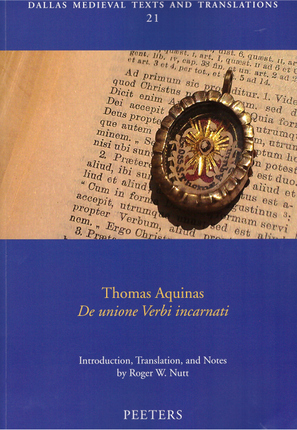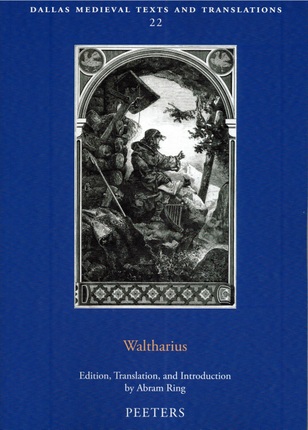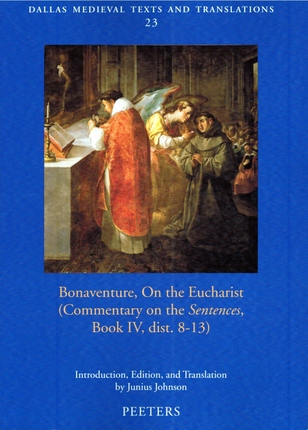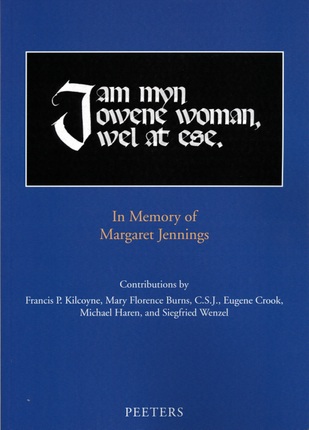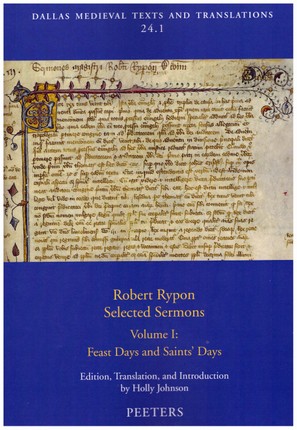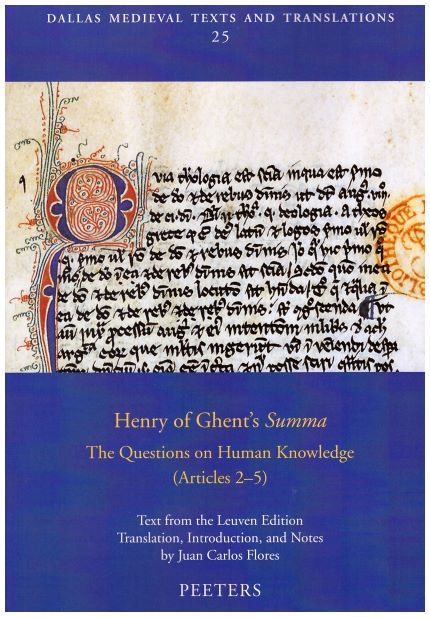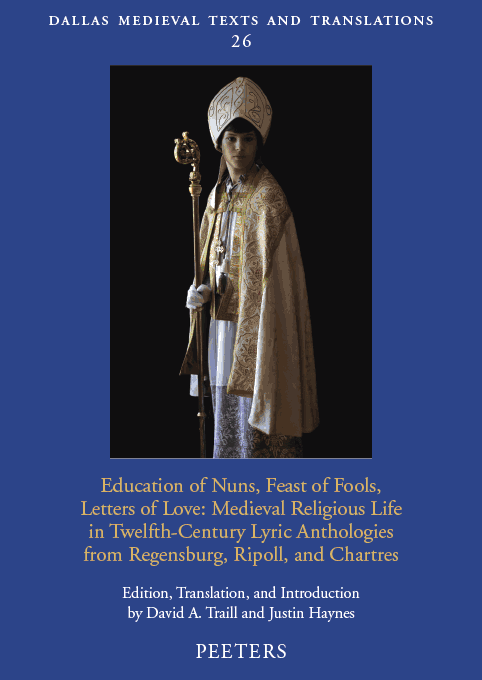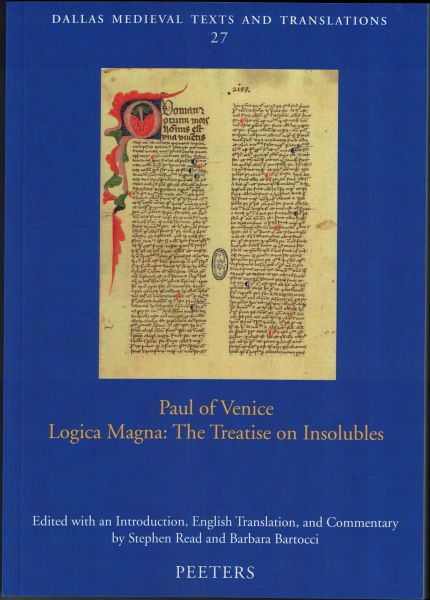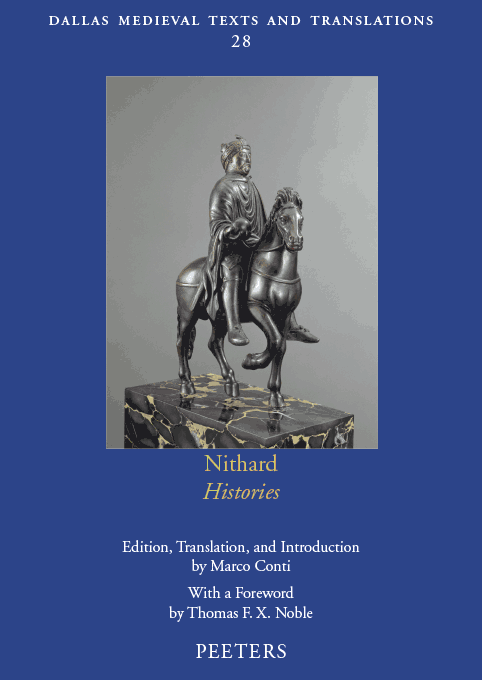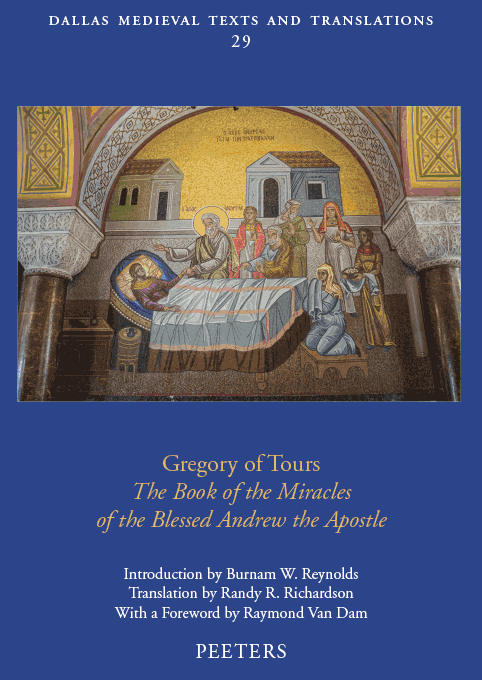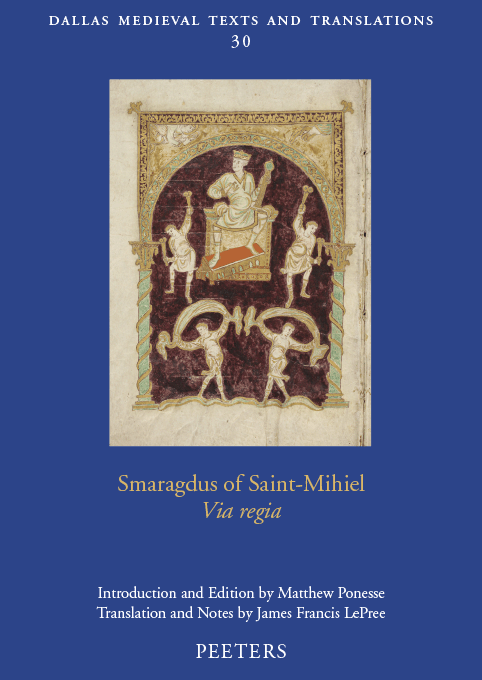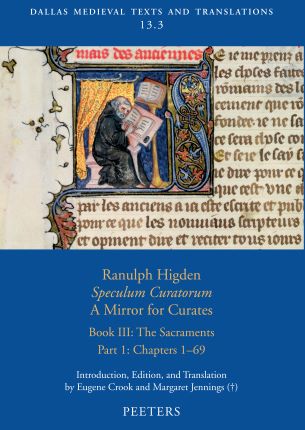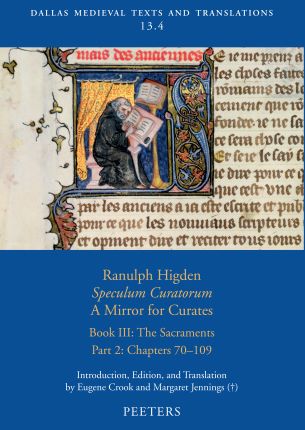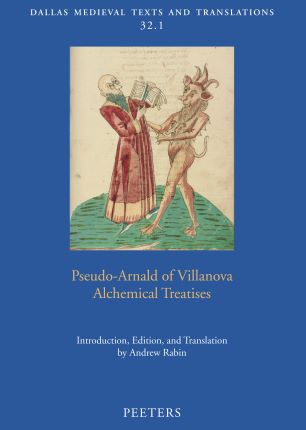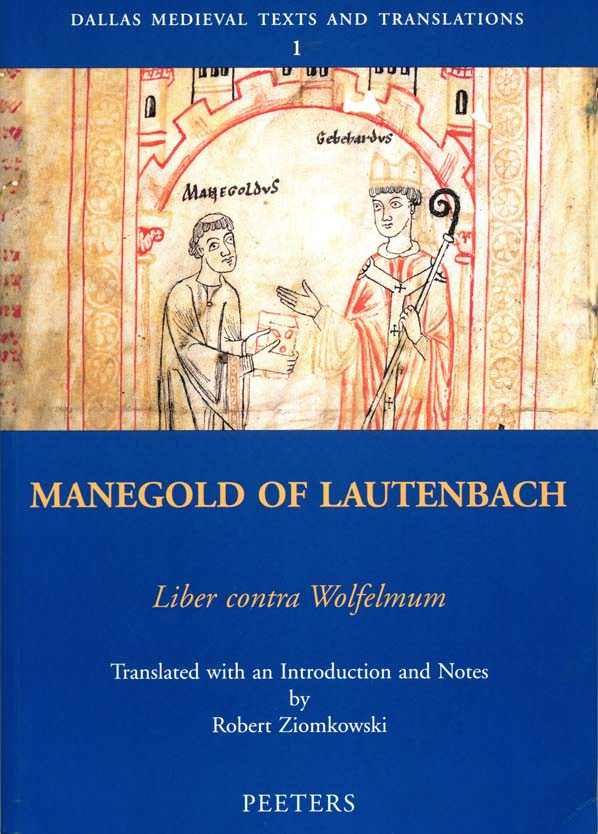

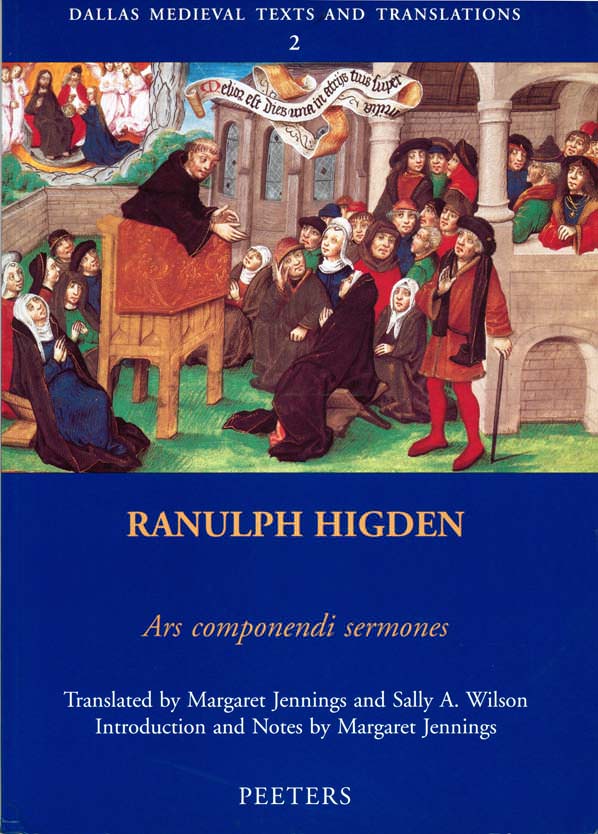

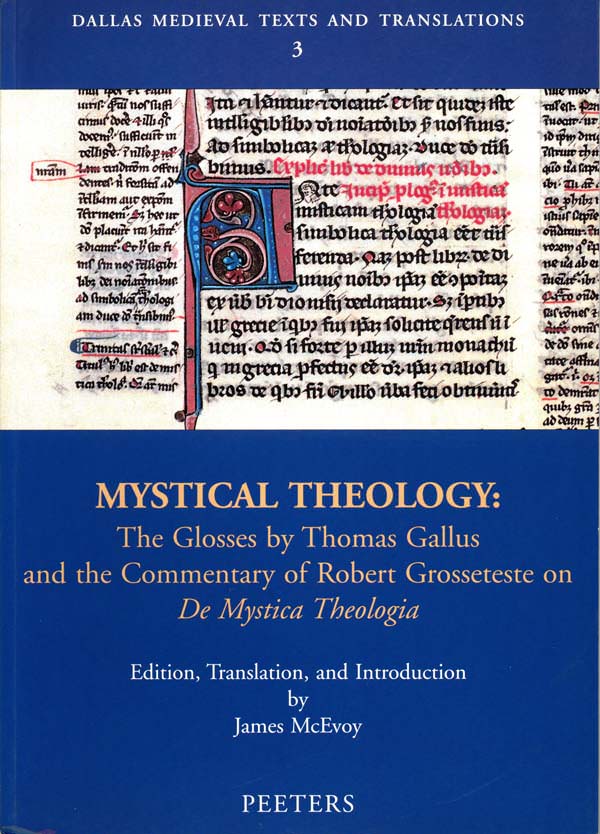

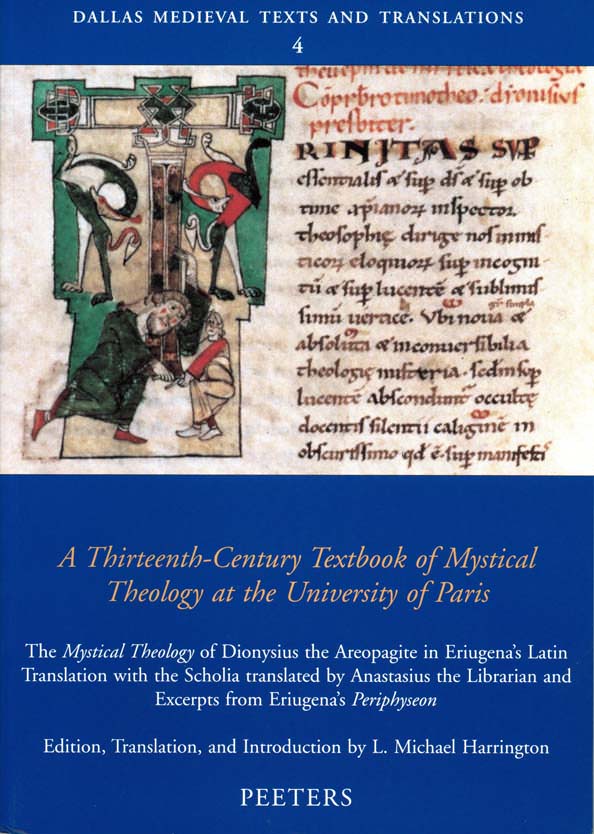

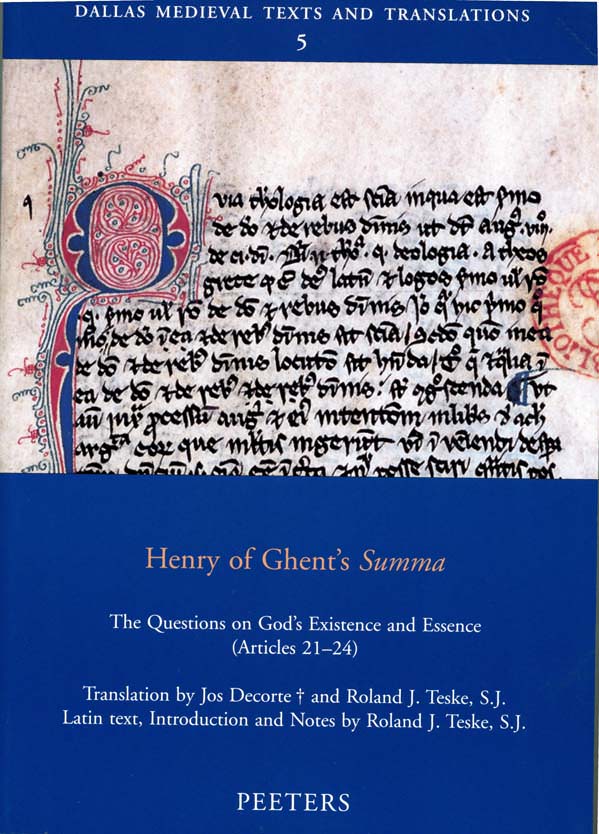

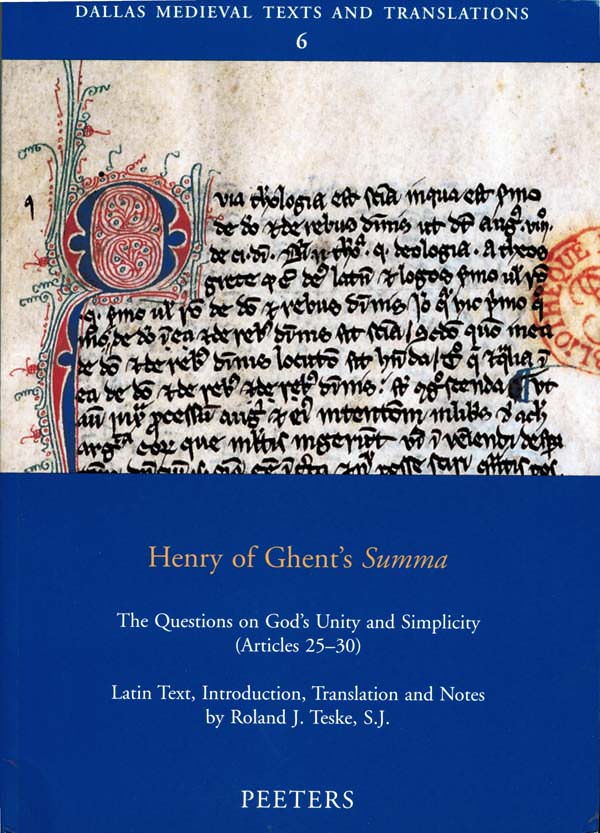

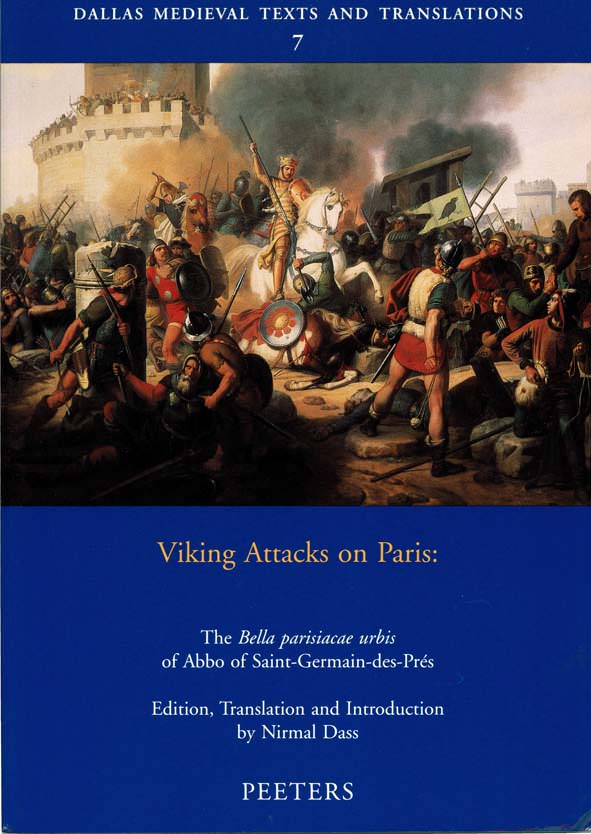

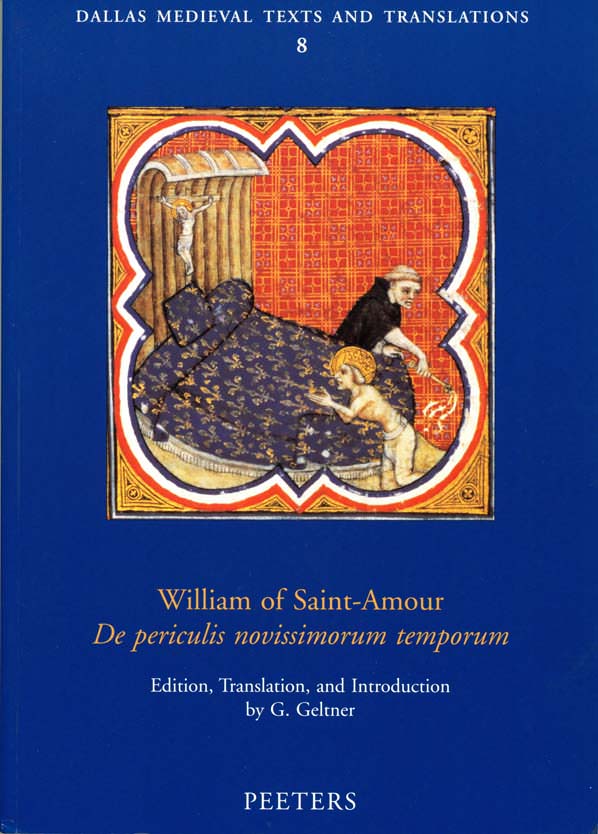

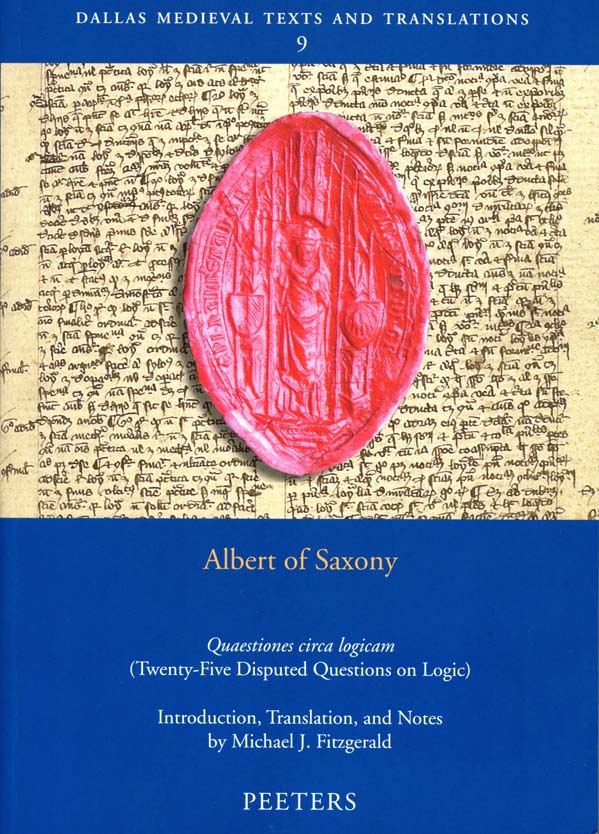

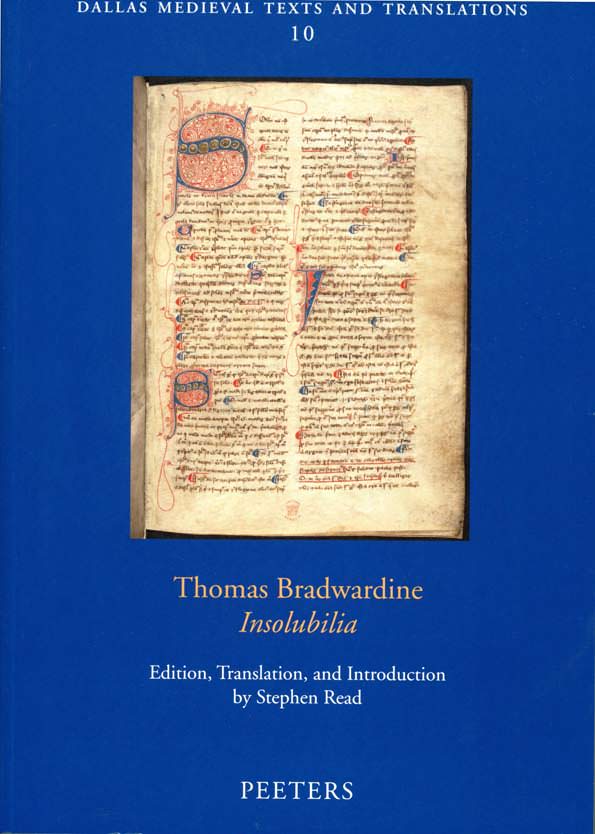

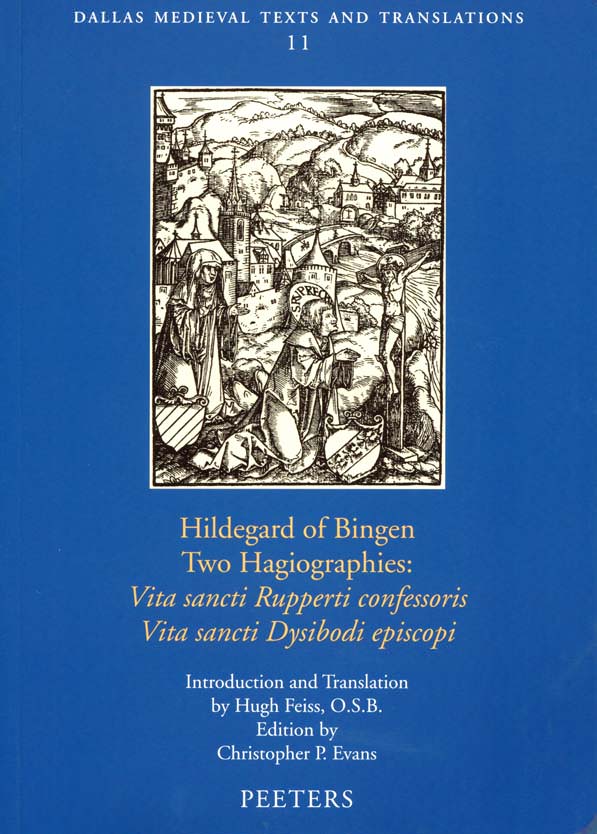

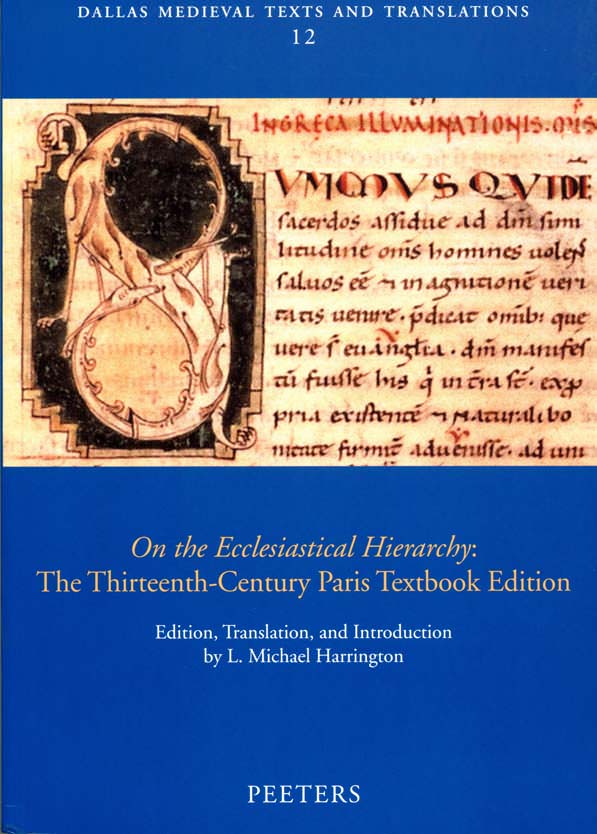

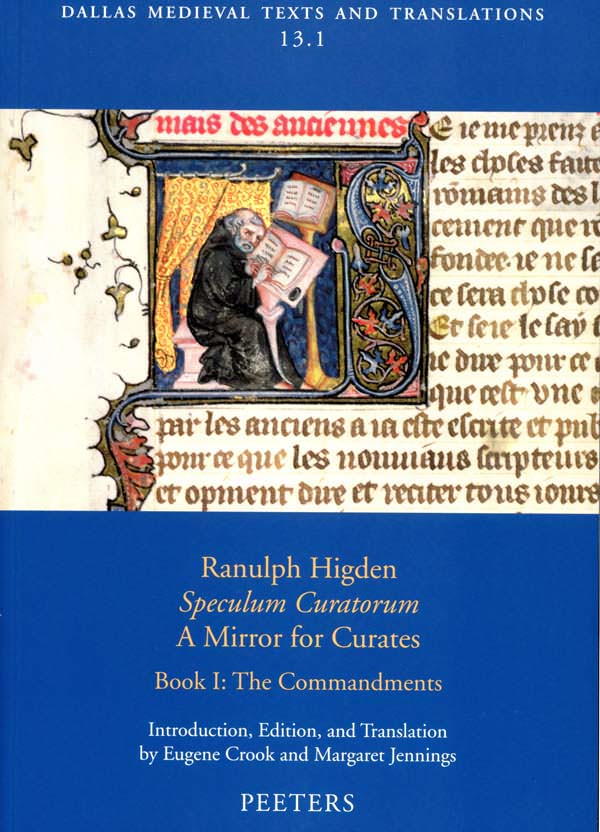

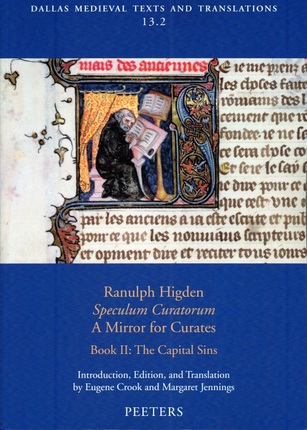

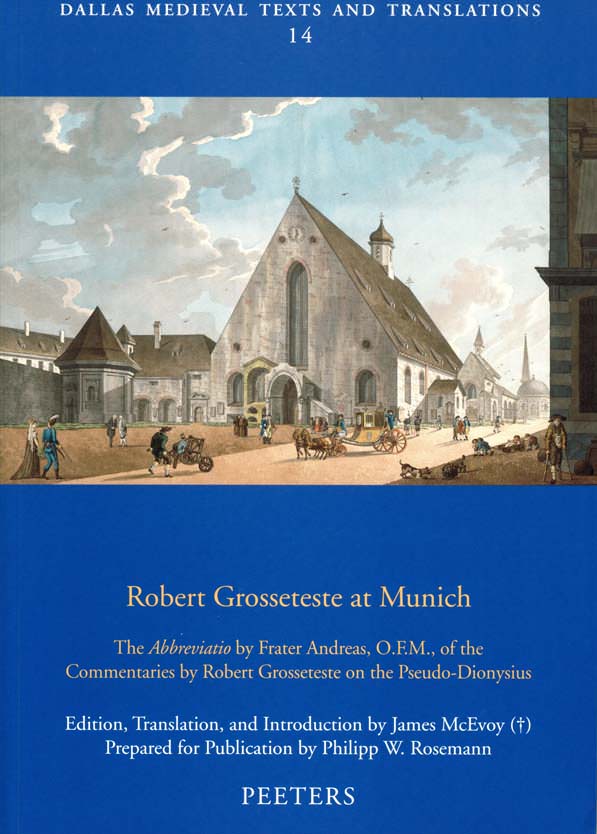

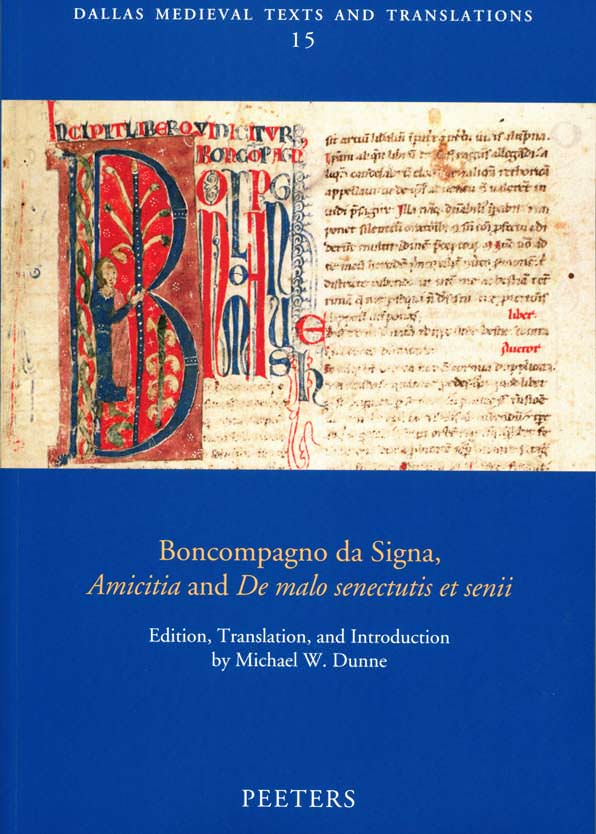

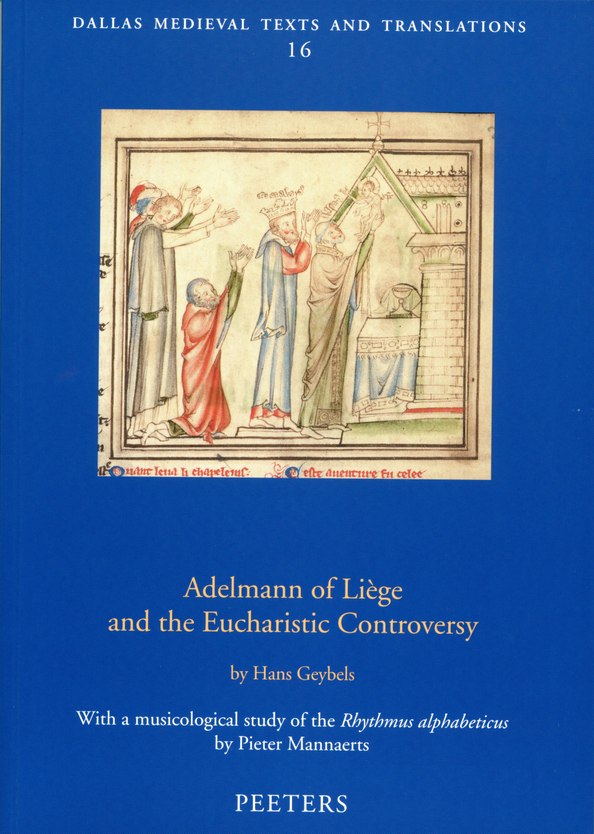

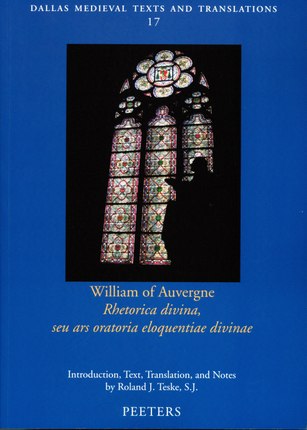

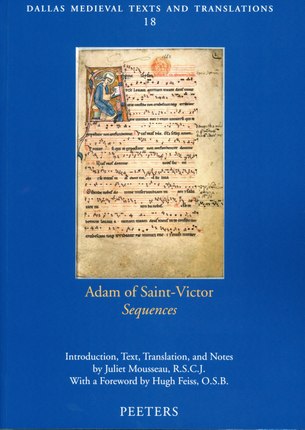

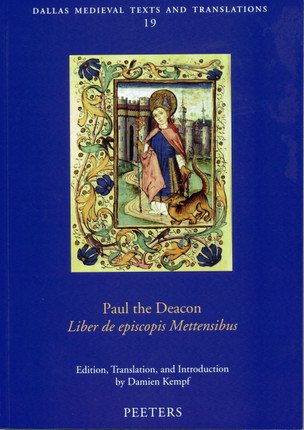

Paul the Deacon was undoubtedly one of the most prolific and gifted scholars of the early medieval period. Working for different patrons, first in his native Lombardy and then at the Frankish court, he left an impressive literary legacy, including a six-volume History of Rome and a History of the Lombards. All in all, Paul wrote more history than any of his contemporaries. He composed the Liber de episcopis Mettensibus around 784 at the behest of Angilram, bishop of Metz and chief counselor of Charlemagne. The text has received considerable attention from modern historians since it contains the first genealogy of the Carolingian family, one that establishes Arnulf, the seventh-century bishop of Metz, as Charlemagne’s forefather. However, rather than being a simple work of royal propaganda, composed to support and legitimize the Carolingians, who had usurped the throne only thirty years earlier with Pippin III’s coup in 751, the text subtly advances the prominent role of Metz within the Frankish kingdom.
The present volume offers a new Latin edition of the Liber, including the late tenth-century interpolated section that both transformed the text and ensured its transmission. It also provides its first translation into a modern language. The introduction analyzes the textual strategies and the political claims at play in the Liber within the context of a reassessment of Angilram’s episcopacy (768–791) in Metz.


